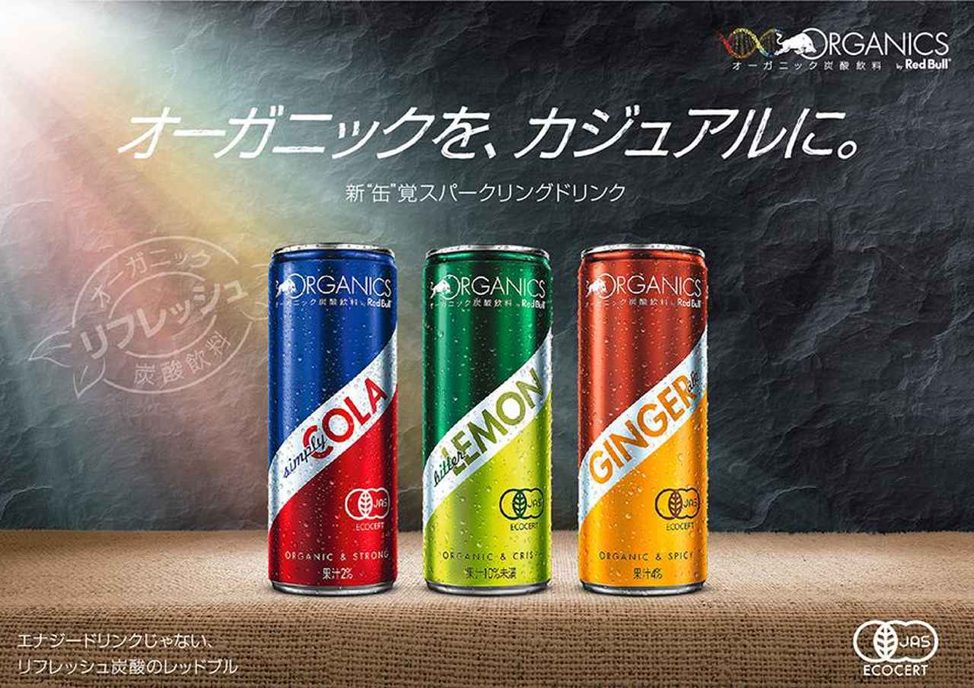Once in the eighties, Dietrich Mateschitz, an Austrian entrepreneur, tried a Thai energy drink which helped him to get rid of jetlag. He lighted up with the idea to adapt and introduce it in Europe. He got the license made the drink less carbonated and less sweet and that was what brought him to third hundred in the Forbes list in 2008.
Since then, Red Bull GmbH slowly but sturdily has been developing markets. Started in Hungary, Slovenia, UK and California, the company sells its product to 171 countries. The brand’s strategy is outstanding and of course has local specifics but follows its general line of promotion that works really well. For example, they sponsor extreme sports stars and events. Aggressive marketing is mainly aimed at an active youth audience.

Red Bull have entered the Japanese market relatively late, in 2006, and suddenly lost to competitors. Only foreigners were buying it and locals were giving their choice to other brands. So many rehearsals and such a failure!
Meanwhile, everything we know and ever imagined we know about Japan is quite different from what is actually happening there. The Japanese are not embarrassed by being faithful to their antique traditions and are not at all eager to change their way of life, especially following the values of globalization. Everybody feels good here. Japan is like another planet. And it already has its own established marked for energy drinks.

At first, Red Bull Japan used the same strategy as in other countries, creating a radically cool image. Hundreds of branded cars drove In Shibuya and Shinjuku – Tokyo’s main party areas and handed out free Red Bulls. They placed it in good-selling shelves in convenience stores (they are called Konbini here), supermarkets, etc. But despite all the marketing, the Japanese did not even think about drinking Red Bull.

As it turned out the problem was hiding in the packaging that was too different from what the locals are used to. The Japanese have their energy drinks 50, 75, 100 ml or maximum 150ml sizes. For them, regular Red Bull was just another soda and surely did not look like an energy drink.
After having discovered this critical mistake, the company introduced 200 ml and smaller sizes for the Japanese market only. Making the size smaller than anywhere in the world. And it worked! The locals started to buy it and perceive it as an energy drink (and not a soda). In reality, 250ml is a lot for the Japanese as they are used to small portions of beverages and food. Usually, they prefer to order a variety of small dishes in restaurants rather than sticking to one big meal or/and a drink.
The Red Bull was also placed differently on the shelves. It was moved to other energy drinks and did not appear in “a regular soda” department anymore. And this is how the Asian “Red Bull» finally conquered the region.

Later the same strategy of downsizing for Japan was used by Coca-Cola (and it worked well again!).
At the same time, Red Bull’s animated commercials, they were simply dubbed in Japanese.
Another trick that always works in the land of the rising sun and the samurai is an introduction of limited collections and special editions that are available only for a very limited time or in a certain area.
Thus, if you want to sell your energy drink in Japan, do not stand out in size and make the bottle small, put it next to other energy drinks and come up with bright, but rare limited collections.

Cheers!
